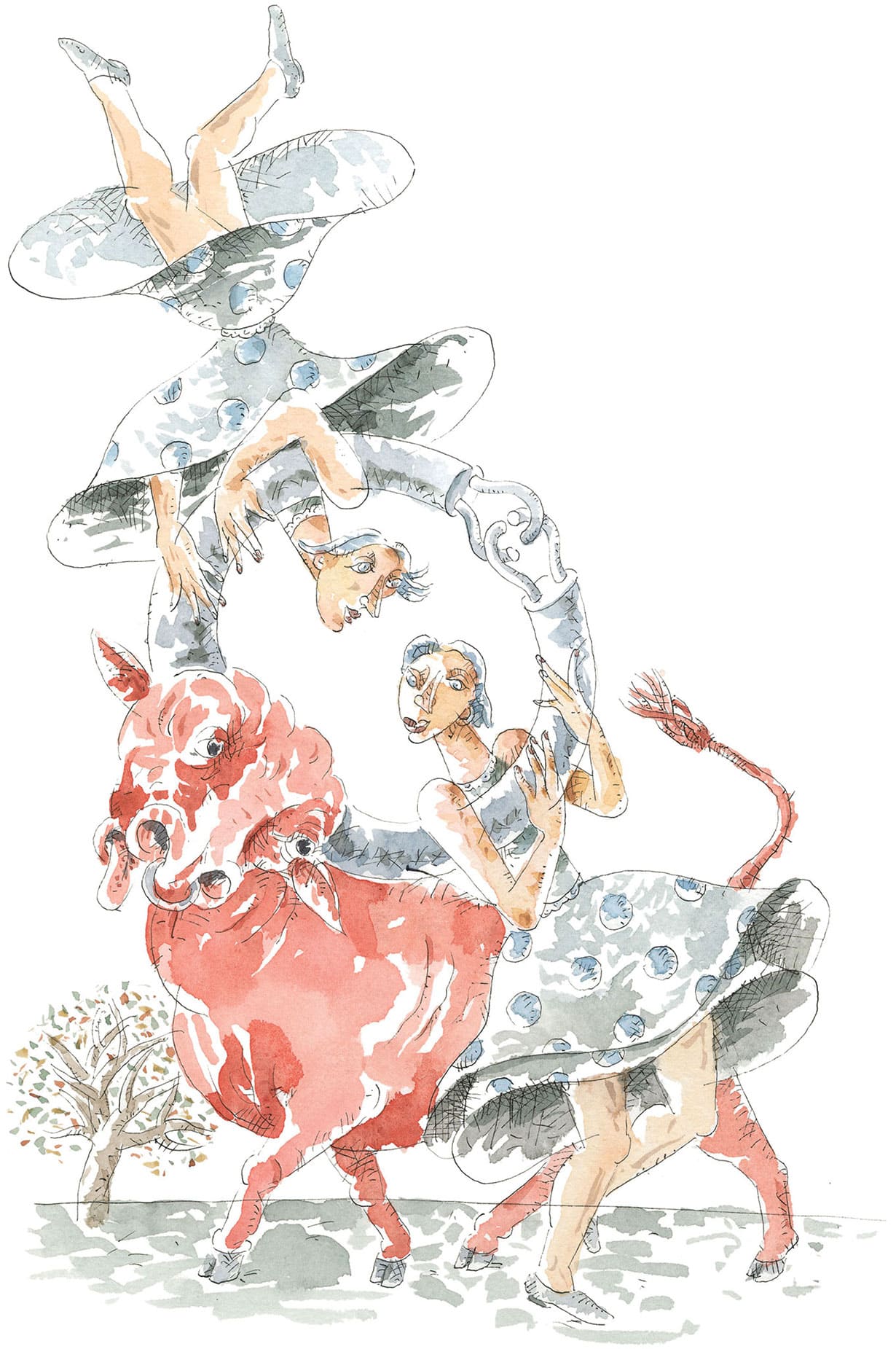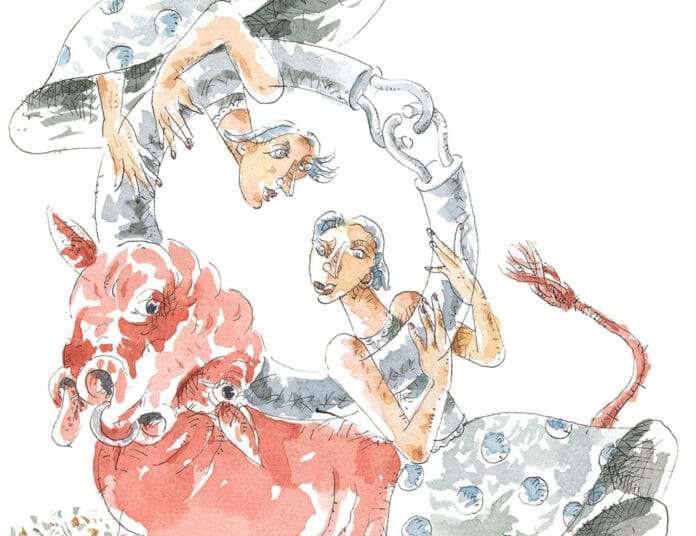Sergey Ivanov’s art exists at the intersection of imagination and intellect where mathematics, physics, and aesthetics converge. Born and raised in Moscow, USSR, Ivanov’s journey from a physicist-in-training to an accomplished illustrator and artist reveals a rare synthesis of analytical precision and creative intuition. His career has been dedicated to transforming the abstract language of science into visual poetry, making the invisible patterns of the universe tangible through his art.
Graduating from the prestigious Moscow Institute of Physics and Technology, Ivanov’s foundation in science has profoundly shaped his artistic philosophy. While his professional life became rooted in art and illustration, the logical rigor and curiosity cultivated through his studies continued to influence how he visualizes complex concepts.

From the Pages of Science
Early in his career, Ivanov served as Art Director for Kvant, a Soviet magazine dedicated to mathematics and physics. The publication was a rare space where art met scientific communication, a setting that perfectly matched his dual sensibilities. His illustrations for Kvant were not merely decorative; they were interpretive tools that sought to bridge the gap between theoretical abstraction and visual understanding.
When the sister magazine Quantum was launched in the United States, Ivanov was invited to join the team as an artist and illustrator. The opportunity led him to relocate to Virginia, where he continues to live and create today. Working with Quantum provided a new cultural and creative environment, one where his visual storytelling reached international audiences eager to engage with science in an accessible way.
Visualizing Complexity
Sergey Ivanov’s portfolio spans countless illustrations and artworks that interpret some of the most intricate ideas in modern mathematics and physics. Each piece is an act of translation, a visual language crafted to express the beauty and paradoxes of scientific thought. His work has earned him recognition and awards from leading design publications, including Print and Art Direction magazines, as well as honors from EdPress, Excel, and Apex.
Yet, Ivanov remains remarkably humble about his impact. “Even now,” he reflects, “I am unsure whether my art helps the reader understand the content better or creates more confusion.” This self-questioning spirit is central to his work; it reveals an artist who recognizes both the power and limitations of metaphor when dealing with the complexities of science.
The Metaphor as a Bridge
For Ivanov, the essence of illustration lies not in simplification, but in connection. His goal is to create a familiar metaphor, a visual link that invites the viewer to step into the world of abstract ideas. The outcome, however, is intentionally open-ended. “Where that connection would lead the viewer or reader goes beyond my objective,” he says.
This approach transforms his illustrations into more than explanatory diagrams; they become conceptual gateways. Viewers may not grasp every scientific nuance, but they are drawn into a visual dialogue that sparks curiosity and reflection. His art does not dictate understanding; it stimulates exploration.
“Alexander’s Horned Sphere; Cone Eversion”
Among Ivanov’s notable works is “Alexander’s Horned Sphere; Cone Eversion”, a watercolor and ink piece that encapsulates his fascination with topology and spatial transformation. The artwork interprets one of mathematics’ most mind-bending constructs, the horned sphere, and the process of inverting a cone without tearing or creasing it.
Rendered with delicate lines and precise geometric motion, the piece balances analytical clarity with poetic ambiguity. The watercolor medium adds fluidity to the rigid mathematical subject, suggesting both the elasticity of form and the fluid nature of perception. It’s a striking example of how Ivanov’s scientific insight and artistic intuition work in harmony to visualize the unimaginable.
Beyond the Gallery Walls
Interestingly, Sergey Ivanov has never exhibited his work in galleries or art shows. His artistic output has largely existed within the realm of scientific publication, a space where illustration is a functional yet deeply creative act. For him, the value of art lies not in public display or commercial success, but in its capacity to mediate understanding.
This absence from the traditional art world adds an intriguing dimension to his career. Ivanov’s art lives in books, journals, and educational spaces rather than on gallery walls an intimate dialogue between artist, scientist, and reader. It’s art with purpose, art that seeks to make sense of ideas that often resist simplification.
The Intellect of Emotion
Ivanov’s work challenges the notion that science and art occupy opposing realms. His paintings and illustrations embody what might be called the intellect of emotion, a space where rational inquiry and visual expression coexist. Each brushstroke or line reflects an attempt to comprehend complexity through beauty, to find structure within chaos, and to celebrate the mystery that persists even when the formulas are understood.
A Legacy of Quiet Influence
Though Sergey Ivanov may not have pursued exhibitions or gallery representation, his influence is quietly profound. His illustrations have educated, inspired, and provoked thought among generations of readers who encountered his work while exploring the frontiers of math and physics. His legacy is that of an unseen teacher, an artist who helps others see the patterns and paradoxes of the universe in new light.
Conclusion
Sergey Ivanov’s journey from the academic halls of Moscow to the creative world of scientific illustration in America is a testament to the power of interdisciplinary vision. His art does not seek to provide answers, but to awaken curiosity. In his delicate balance between precision and wonder, between logic and imagination, Ivanov reminds us that both science and art are united by the same pursuit, the desire to understand the world and ourselves a little more deeply.


